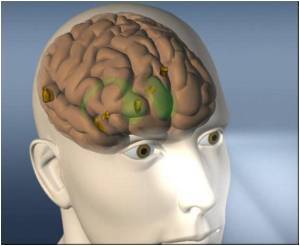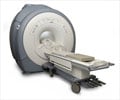
Autism is a spectrum disorder characterized by repetitive behaviours and impaired language, communication and social interactions.
According to the Centers for Disease Control and Prevention, it is estimated that as many as one in every 110 children is affected by autism.
"With the extraordinarily high prevalence of autism, you would think there would be an objective diagnosis for the disorder," Joy Hirsch, Ph.D., a professor at Columbia University Medical Center and director of the Functional MRI Laboratory, said.
"However, the diagnosis of autism currently remains limited to parent and clinician observation of missed developmental milestones," Hirsch stated.
In the study, researchers performed fMRI exams on 15 control children (mean age: 12.1) and 12 language-impaired and age-matched autistic children (mean age: 12.4).
Advertisement
Activation levels during passive stimulation were measured within two regions of the brain: the primary auditory cortex (A1) and superior temporal gyrus (STG), a region associated with sentence comprehension.
Advertisement
Activity in the A1 region of the brain did not differ between autistic and control patients. However, activation within the STG was greater for control children relative to autistic patients.
"These findings first tell us that the autistic children in our study appeared normal with respect to the primary auditory system," Hirsch said.
"But it appears that the STG in the autistic brains was not as sensitive to the language narratives as was the STG in the brains of the typical children.
"This study suggests that fMRI acquired during listening to a language narrative can be used to distinguish children with autism from those without.
"Based on these initial findings, future studies using these or similar fMRI methods may result in an early and objective imaging indicator for autism," Hirsch stated.
Results of their study appear online and in the August issue of Radiology.
Source-ANI















